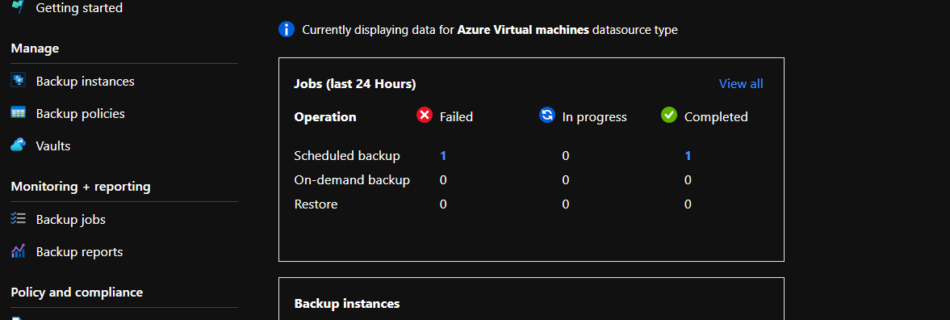The new Azure Update Manager is GA Part 1 – three big reasons to migrate to Update Center and forget the classic Update Management Center
Microsoft released a completely new designed Update solution for Azure which supports VMs running in Hybrid- and Cloud-only environments with the name Azure Update Manager (formerly known as Update Management Center). This new solution is completely new and not based on the Azure Automation solution. The Azure Automation solution is based on the Microsoft Monitoring …

